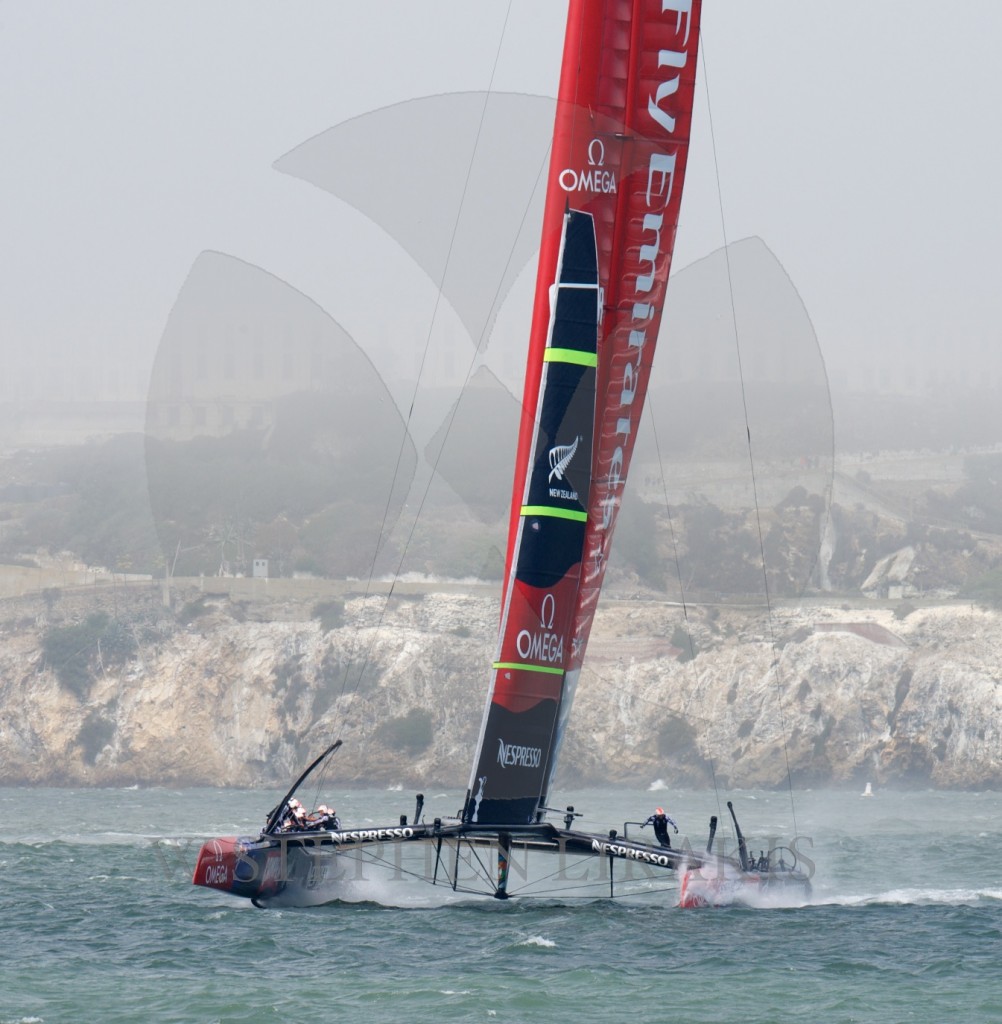San Francisco sees little economic benefit from America’s Cup
Posted on
San Francisco is still in the red from hosting the 34th America’s Cup, which so far has cost taxpayers at least $5.5 million.
That’s according to draft financial figures from the regatta that the San Francisco Chronicle reviewed Monday.
However, that spending allowed the city to host an event that drew more than 700,000 people to the waterfront over roughly three months of sailing and generated at least $364 million in total economic impact, according to draft figures from the Bay Area Council Economic Institute.
That figure rises to more than $550 million if the long-planned construction of a new cruise ship terminal, which the regatta served as a catalyst to finally get built, is factored in, according to the Chronicle.
But even the higher number is well below the $902 million in economic benefit that was projected in March, a few months before the races were held, the newspaper reported. And it’s a far cry from the $1.4 billion economic boost that was originally predicted in 2010, when the races were billed as trailing only the Olympics and soccer’s World Cup in terms of economic impact.
The real costs and benefits of hosting the regatta — which the Chronicle called the most prestigious competition in competitive sailing and this year was the source of one of the most stunning comebacks in international sports — are expected to be in the spotlight as Mayor Ed Lee prepares to submit a preliminary proposal for hosting the next Cup by a Dec. 22 deadline.
The city spent $20.7 million to hold the event, according to the latest figures from Lee’s office. That number does not include more than $180 million in long-planned improvements around the waterfront that were finally completed in advance of the event. The most notable was the new cruise ship terminal at Pier 27, which is only partially finished.
Ongoing private fundraising, which was intended to help cover the city’s event costs and initially pegged at $32 million, has so far only reimbursed $8.65 million to taxpayers while also covering other obligations. If the net increase in city tax revenue of $6.6 million during the event is factored in, that still leaves taxpayers $5.5 million in the red.



